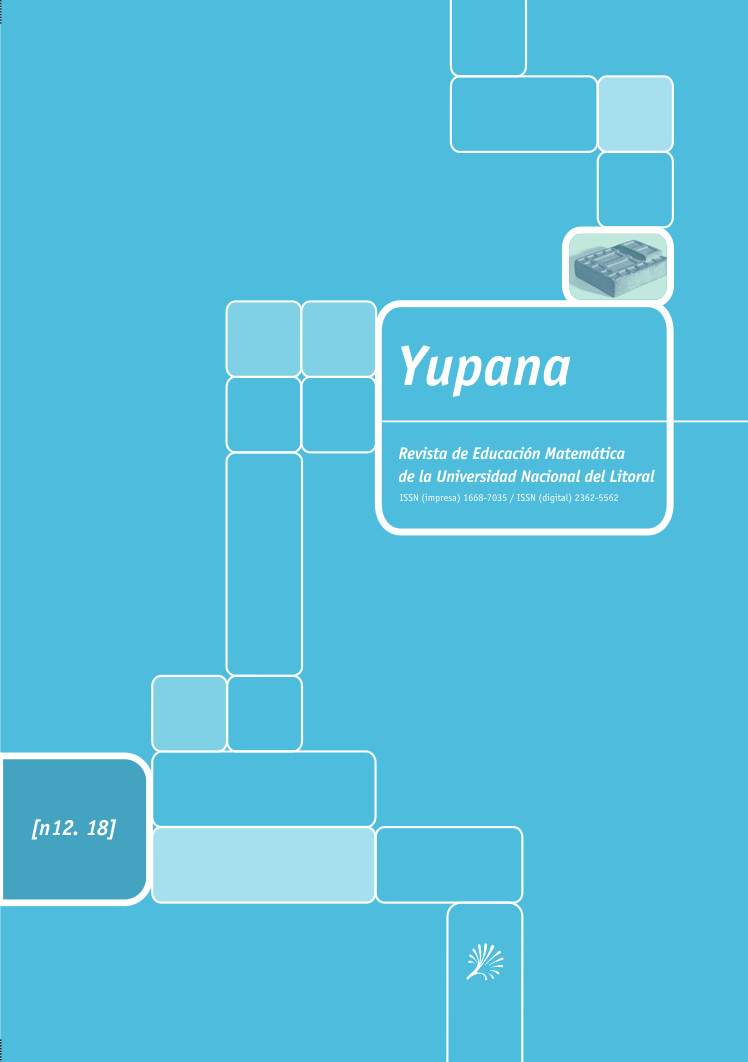Understanding sampling representativeness and variability by secondary school students
DOI:
https://doi.org/10.14409/yu.v0i12.9624Keywords:
sampling, representativeness and variability, understanding, high school studentsAbstract
The objective of the work was to analyze the improvement with the school year of the understanding of the representativeness and sample variability in high school students. For this, we analyze the answers given by a sample of 536 students from three courses (second and fourth year of Secondary Education and second year of Baccalaureate) to a task in which four values of a binomial distribution are requested are analyzed. We analyze the average and the range of these values, which constitute a sample of four results of that distribution, comparing with the theoretical values of the sample distribution of the mean and range. The results suggest that students have a good perception of the expected value, but that the perception of variability is incorrect and does not improve with age. We also observe the equiprobability bias and the heuristic representation in a part of the students, improving the results in higher levels.



